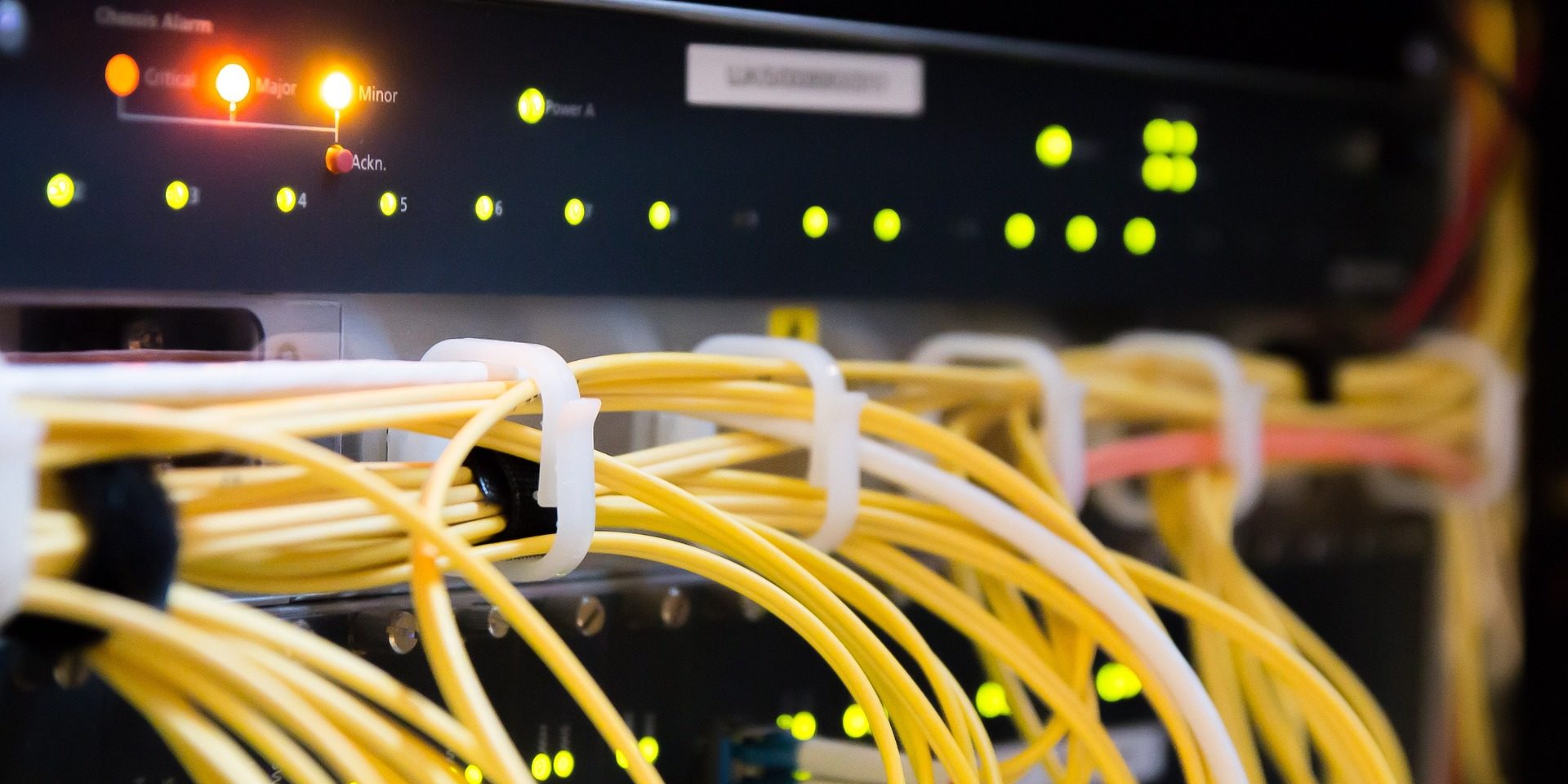Recently, the Department for Education published new guidance to schools and colleges on the standards they should meet in a range of key categories, including network cabling.
However, many schools feel perplexed by the guidance and are in need of support to understand why the standards matter and how to procure network cabling that meets government guidelines. In this article, we aim to demystify the guidance and provide practical tips for ensuring that your infrastructure meets the standards needed.
Why do digital and technology standards matter?
As technology in schools advances rapidly, and teaching and learning increasingly rely heavily on internet connectivity, the DfE has produced guidance to support schools to choose the right digital infrastructure and technology. The DfE advises that meeting the standards helps schools to make informed decisions about technology, increasing budget efficiency, and school safety but ultimately enhancing teaching and learning.
In the past, schools may have relied on consultancy with outside agencies to know what equipment to use and what is best for their needs. The new guidelines allow schools to ensure that suppliers have set standards to work to and meet the needs of the end user setting.
The guidance currently covers four key categories and will be expanded to meet others in the future:
- Broadband internet (including appropriate IT security)
- Network switching
- Network cabling
- Wireless networks
Why do the network cabling standards matter?
With the ever-increasing number of users within schools accessing school networks simultaneously, ensuring that your network performance is optimised is essential. Cabling that does not meet DfE standards will have an impact on the performance of the network and mean that staff and students may be unable to access the network when needed.
What standards does network cabling need to meet?
Copper Cabling:
- Must be Category 6A
- U/FTP – Unshielded outer shell/Foil Shielded Twisted Pair is recommended
- No run must be longer than 90m
- No intermediate splices or patch panels should be used in cables runs
- The minimum bend radius should not be exceeded, both during and after install
- Fire rating requirements should be met
- Installation should ensure that the containment supports the cables and there is no interference from cables and other sources
- Any patch leads should be of the same standard
Optical Fibre Cabling:
- Should be a minimum 16-core multi-mode OM4
- To be used where cable needs to be run over 90m or for linking server and hub rooms
- Should be used whenever linking separate buildings
- Where possible, optical fibre links between buildings should be installed in underground ducts
All cabling must:
- Comply with British Standards 6701, 50173, 50174
- Cabling should have a 20-year manufacturers performance warranty
- A detailed test report should be completed following the installation of network cables
How can Link ICT Services support schools to meet the standards?
Link ICT Services are able to procure and install the right network cabling solution for your school, based on DfE guidance. We can work with you to plan the cabling work needed, optimising the routes to verify the most efficient use of cabling and installation time. We can work with you to install network cabling on a standalone basis or as part of a larger project, such as installing new network switches.

